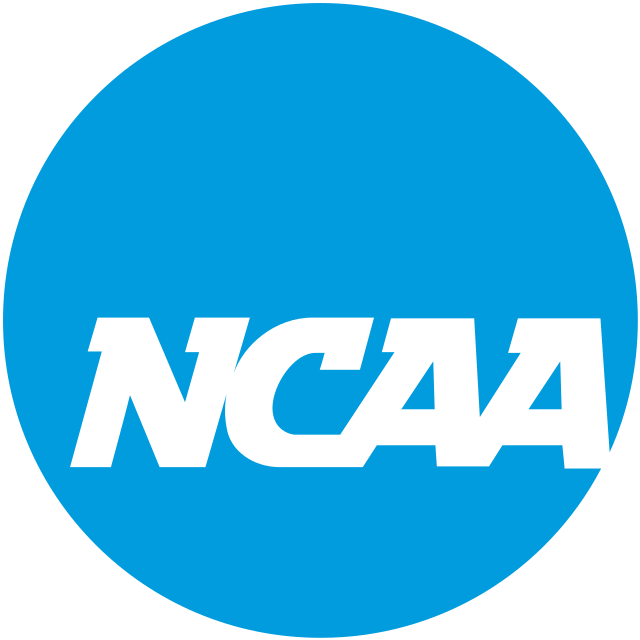Name, Image, and Likeness seem to be three of the biggest words in college sports now. They’ve evidently changed the landscape of college sports for many years to come. Name, Image, and Likeness, also known as NIL, has taken the college sports world by storm with its ability to make student-athletes money and increase their personal branding while being in college. For the longest time, the NCAA had banned student-athletes from making any money off of themselves and their respective brand.
There are so many positives and negatives of this new landscape of college sports to where it’s becoming hard to tell whether it is helping or hurting the culture and integrity of college sports. College sports have always been notoriously known for their shutdown on athletes creating any source of revenue off of their personal branding. One of the most recent instances of something like this occurring is famous Youtuber and former UFC fighter Donald De La Haye, Donald was filming YouTube videos while in college creating a brand for himself and ended receiving an ultimatum from the NCAA making him choose between college sports or the continuation of making YouTube videos. Donald’s is just one example of many throughout the years between student athletes and the NCAA commission.
The NCAA began getting lots of feedback on the fact that people wanted to make it to where student athletes could use their names in creating a brand that would also create a source of income. In June of 2021, the NCAA decided to adopt a policy for this to happen. They created NIL in hopes to give student athletes what they want and to also improve the branding of the NCAA as a whole.
NIL is great for the landscape of college sports for what it seems like right now. But at what cost? It is being argued that this changes the way of life in college sports and every turn. For example, recruiting athletes to schools has changed just on the sole fact that if they go to a certain school they can receive more goodies and money. To these young athletes it sounds like a better idea to go to places with more money, which in all fairness makes sense. If student athletes basing their school solely on the fact of money what does it mean to these other schools that can’t produce revenue like the other ones. Recruiting is probably the biggest thing you can do in order to land that big time athlete on the market, which keeps a competitive environment between each school making the landscape of college athletics more fun and interesting to the viewers.
When viewed from a business perspective, both the NCAA and student athletes end up in a win-win scenario. However, it is making college sports less competitive and more one sided towards each team at every game played. In turn though, Alabama in football has been a powerhouse way before the NIL, and were winning because of the power and rich history the program had created. With this in mind, I think if the athlete really appreciates what you are doing with your athletic programs, it can’t be so hard for them to choose your school and compete for you.
Either way, the implementation of NIL in college sports has made the game in general more interesting and improved the environment and surroundings of college sports which ultimately that’s what the NCAA wanted when adopting this program and policy to its branding. The only thing we do now is let time pass and to let the deal settle in and see what it does for the NCAA in years to come down the road.



